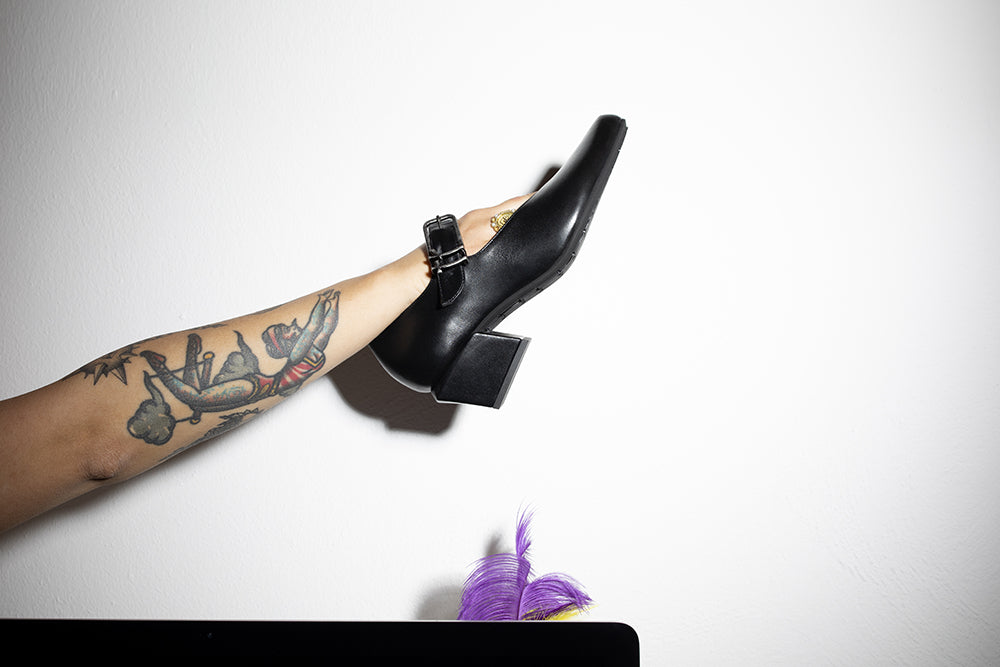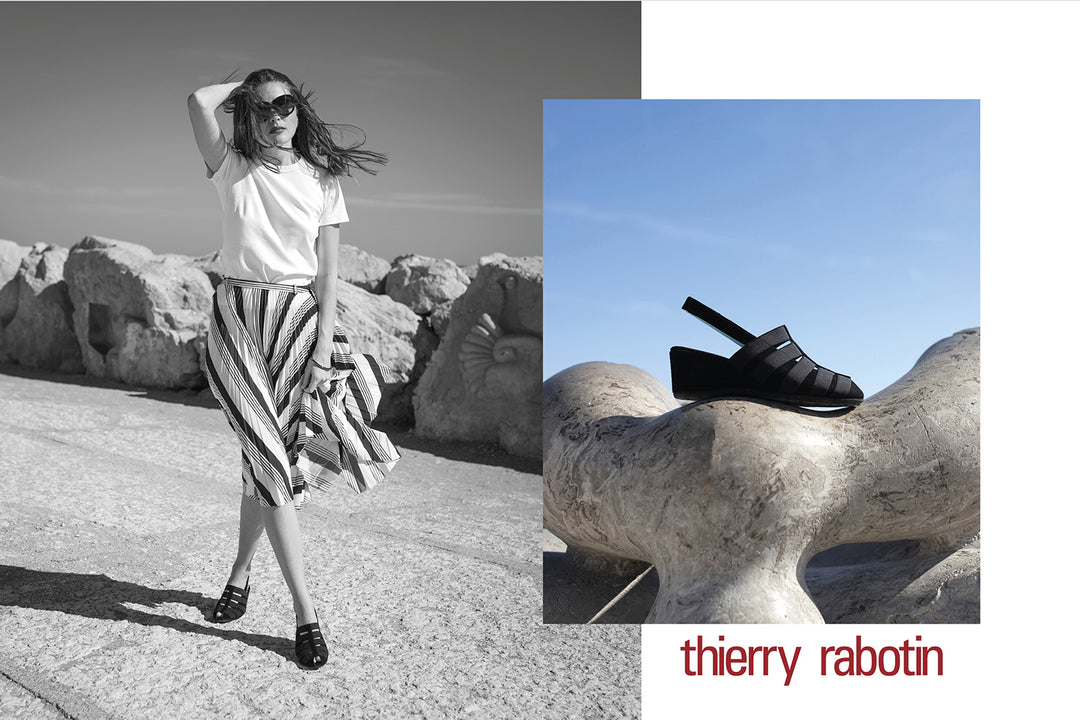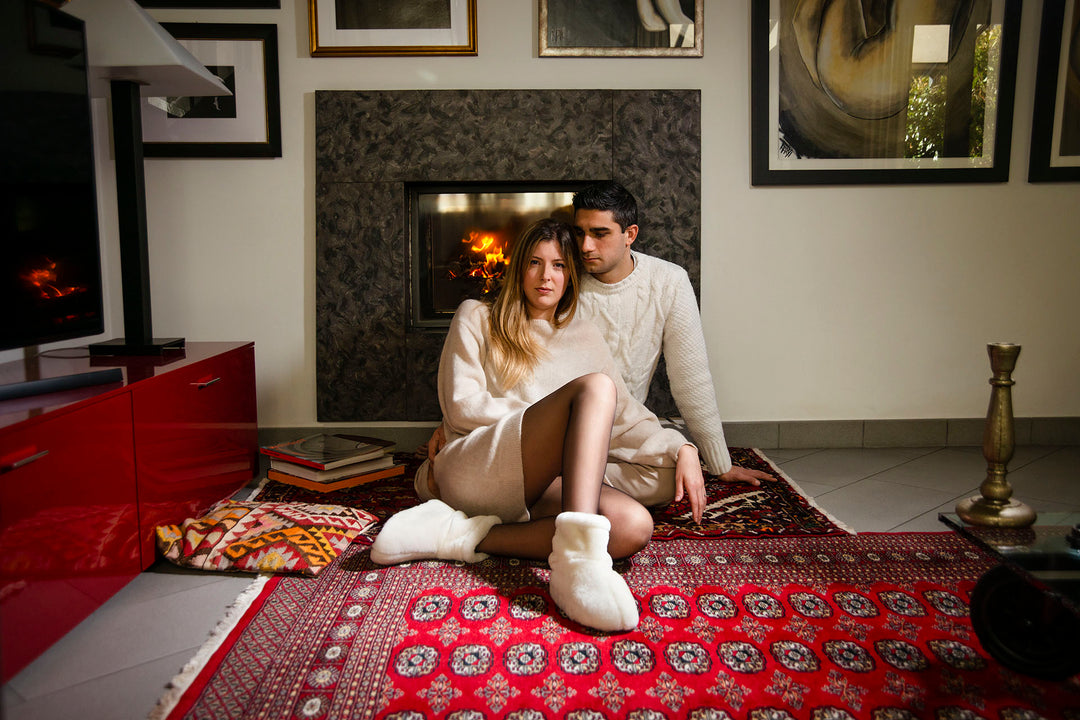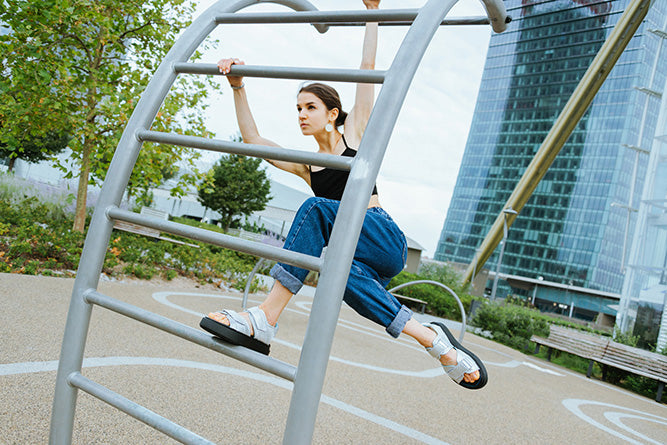Ballerina: the shoe that matches your fantasy
If we talk about versatility and class, the shoe that first catches our eye is definitely the ballerina, a worldwide popular model that has caressed the feet of so many divas such as Audrey Hepburn and Brigitte Bardot.
The ballerina is a shoe inspired - as its name suggests - by ballet shoes but which has taken on an identity of its own to the point of becoming a model with a strong iconic value; the history of this form begins in the 1930s but it is only at the end of the following decade that we recognise the real turning point when Capezio models appear, ballerina shoes with rigid soles, which leave the theatres for which they were originally intended.
From when Brigitte Bardot chose it for use on the film set, success became worldwide and since then there have been many celebrities who have contributed to making ballet shoes an extremely sought-after footwear.
Like all handcrafted creations, the ballerina too is no exception to the traditional evolution of taste and technological choices, and it is of this that we speak today with Massimo Balbini, designer of Thierry Rabotin in the first of a series of in-depth studies on the world of shoe types.
What is the biggest challenge - technological or design - in creating a ballerina shoe and how do TRs differ from the main stream of this type?
Ballerina was created as a ballet shoe and differs from the others in its conspicuous neckline, which is very open, leaving the upper part of the foot uncovered. Thierry Rabotin wants to give this model more and more comfort than all the others; from a design - but also technological - point of view, the aim is always to make each model attractive, for example by using laces and elastic bands to allow the tightening of the fit if desired. The very thin sole, typical of these shoes, in our case is a rubber sole which makes it more resistant to slipping and reduces the shock to the foot when walking.
What is the most recommended ballerina combination?
The limit of use of ballet flats is simply the imagination of the wearer and the combination is as simple and open as possible, since it is the shoe that enters every woman's life since childhood and never leaves it at any age. It can be worn with suits, with short trousers, with leggings, with wide skirts, with mini-skirts... The colour can sometimes outline the use: a coloured ballerina in the morning, blue or beige in the afternoon for a meeting in the afternoon, black - perhaps with a bow - for a meeting in the evening or an evening at the theatre. It is an inter-seasonal type, wearable from January to January.










